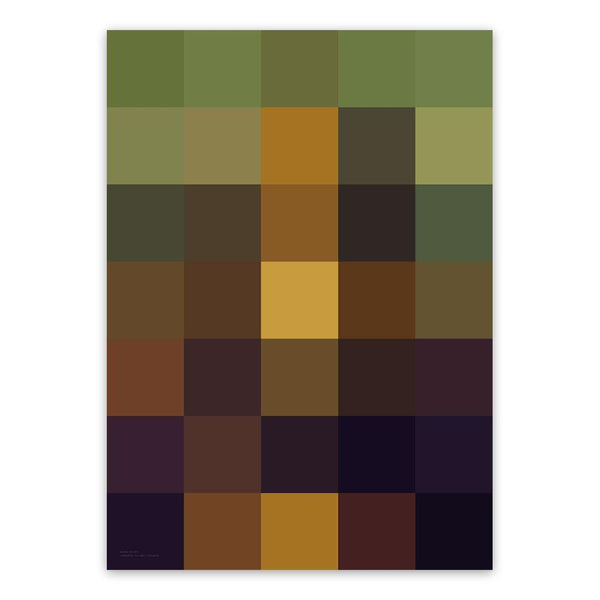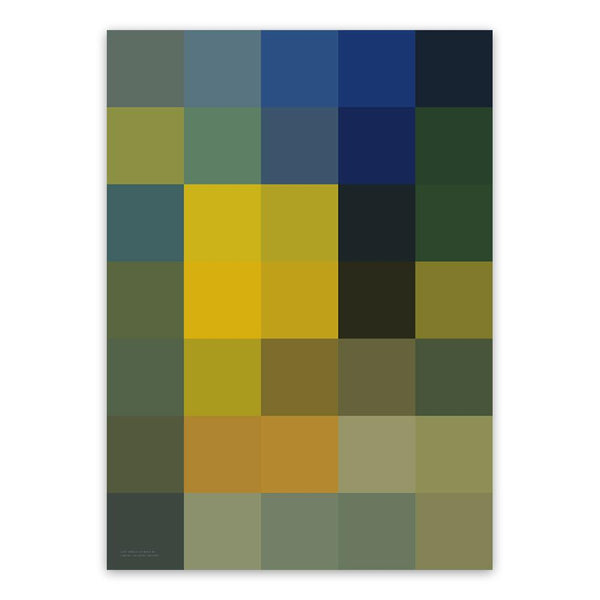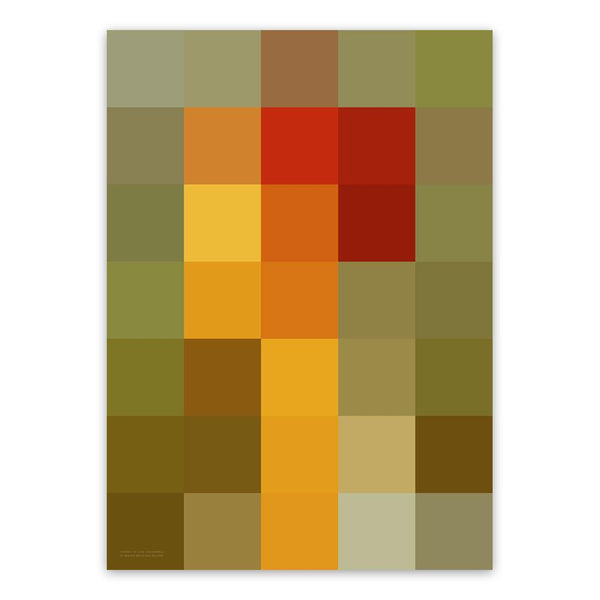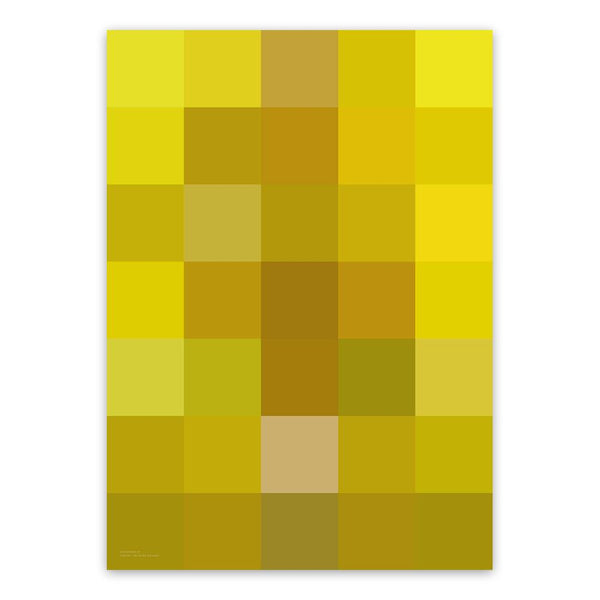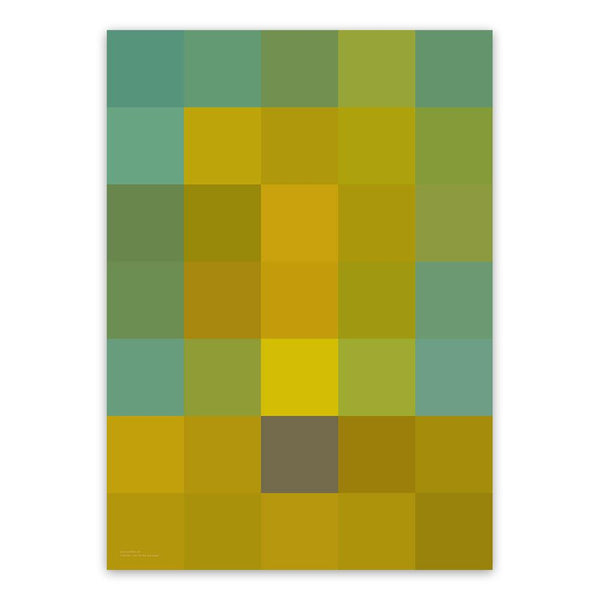“Simplicity is the ultimate sophistication.”
Leonardo da Vinci
The Art Squared Collection
The idea for Art Squared first came to me back when I was studying art history. Even though I loved classical paintings, I preferred a more modern aesthetic. And while decorating my home, I found that hanging copies of some of the old classics didn’t really work alongside contemporary décor. So I began to wonder if there was a way to capture some of what I loved about these works and render it in a modern form.
The result is Art Squared. The process is one of careful and deliberate abstraction to a grid of five by seven squares that seeks to capture the colours of the original work along with something of the composition. It is not a case of simply pixellating old paintings – which gives a crude result full of meaningless browns and greys – but rather a precise reframing and recolouring in order to create pleasing compositions that work on their own, irrespective of whether a viewer knows anything about the paintings on which they are based.
So, in making these prints, I didn’t feel burdened by the need to represent the original paintings too closely. I wanted to produce something new, albeit strongly inspired by art that’s old, familiar and loved.
Peter Dean, London
Back to top
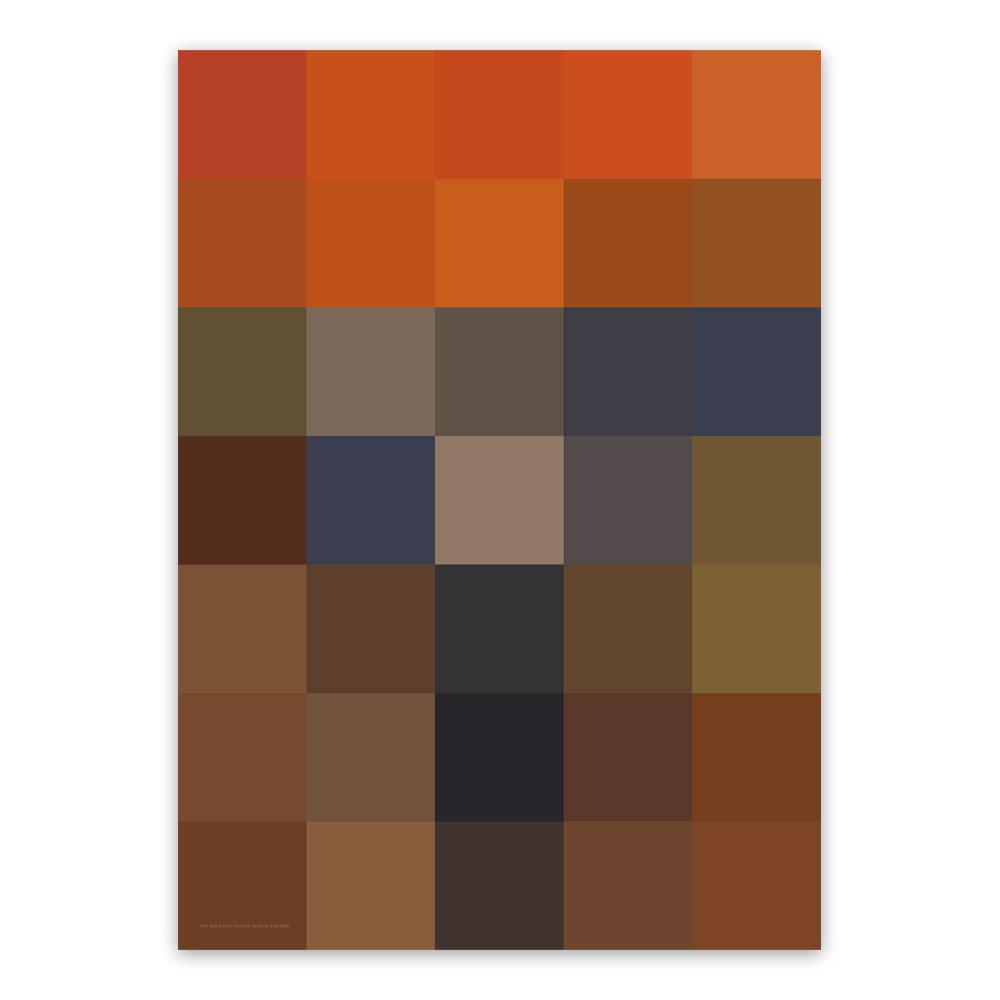
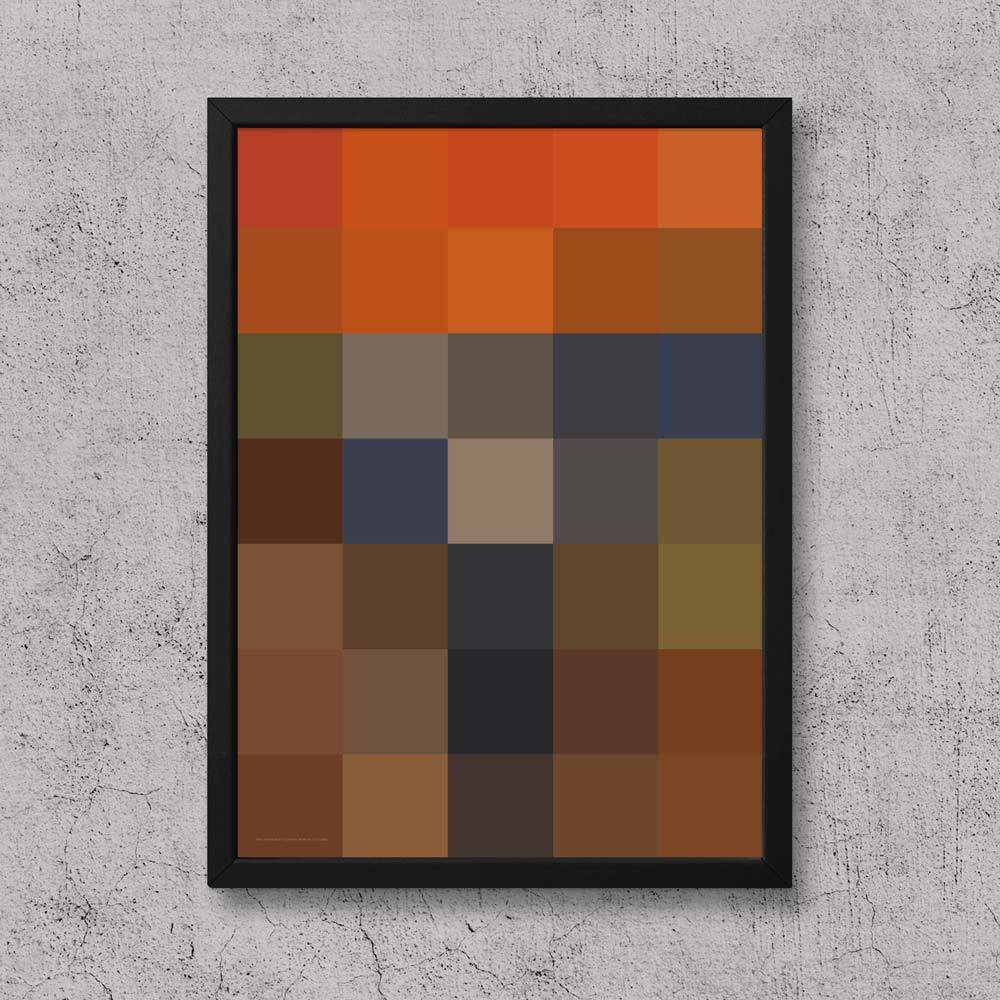
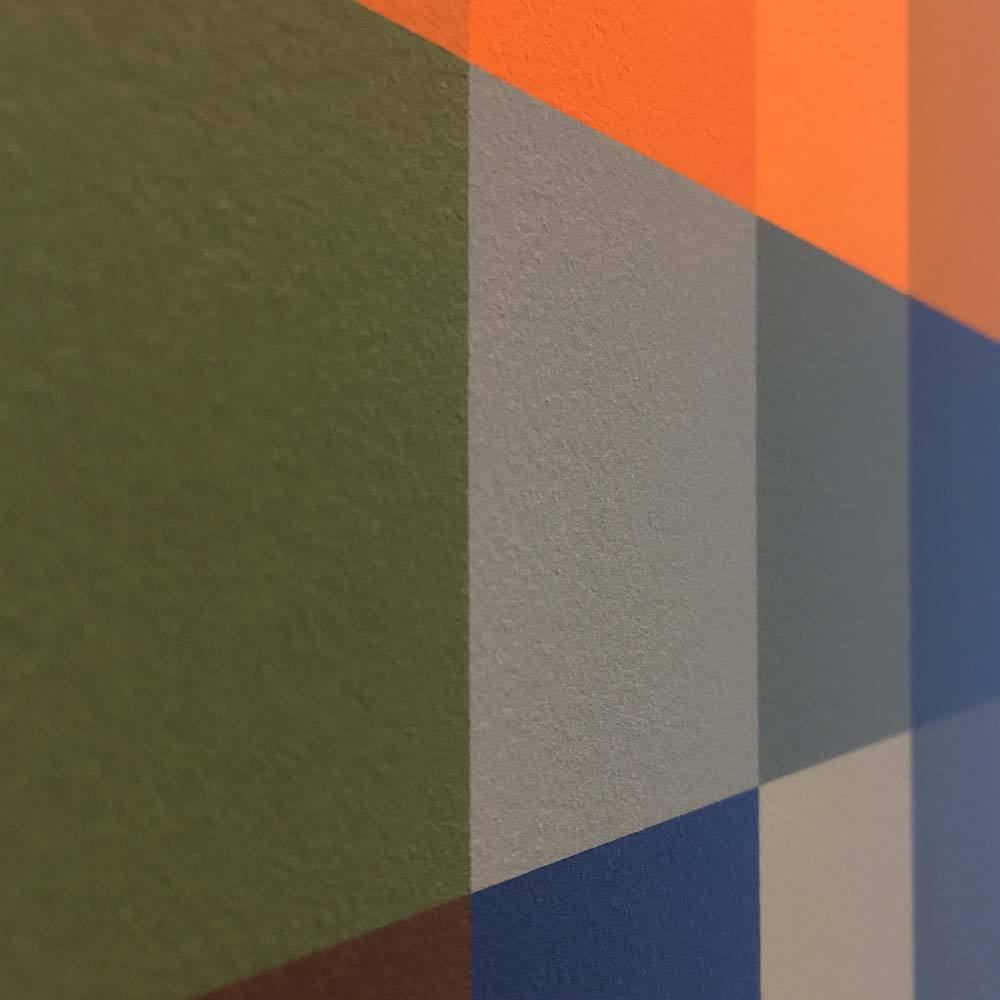
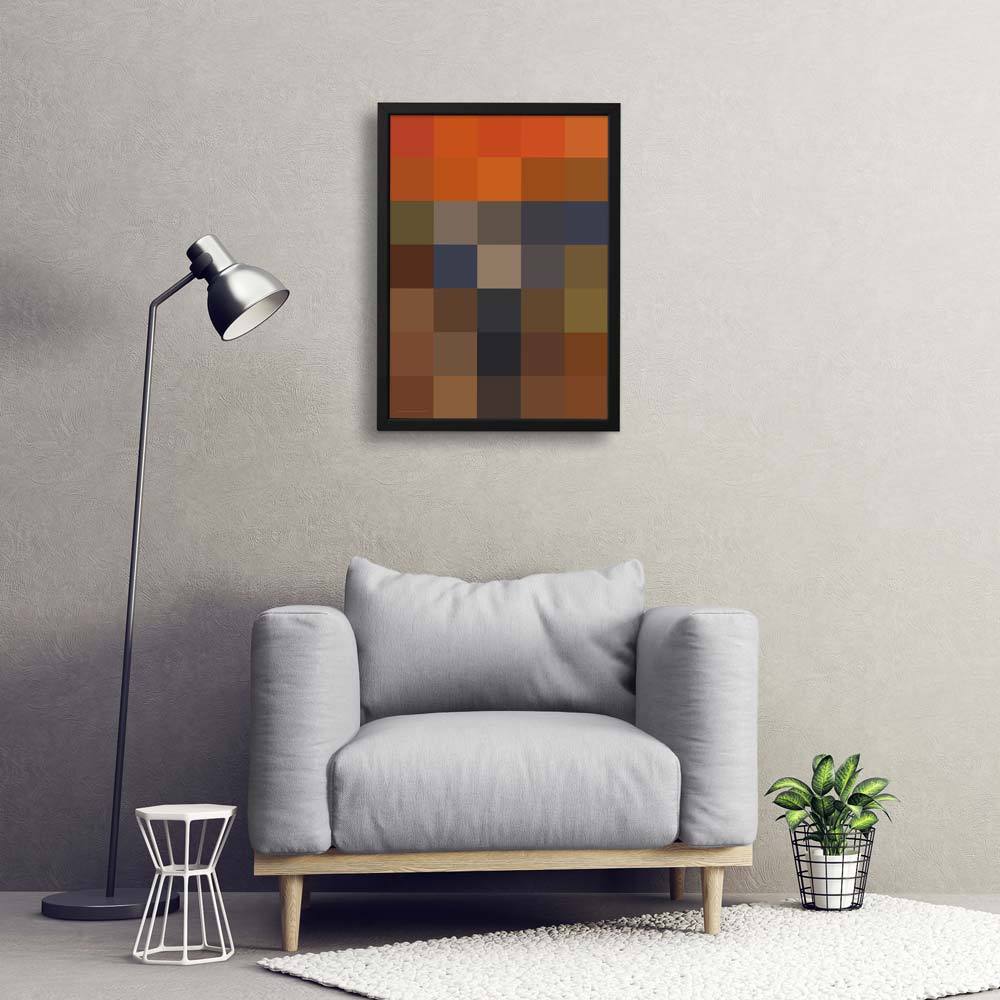
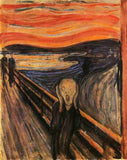 Much admired and copied throughout popular culture, Edvard Munch’s iconic Scream was created as an expression of his personal emotions and turmoil. Painted in 1893, and identifiable by its now famous open-mouthed screaming figure, The Scream is characterised by expressive, fluid lines and sweeping colour. Munch’s palette leans towards more muted and melancholy tones, perhaps again symbolic of his inner monologue and feelings.
Much admired and copied throughout popular culture, Edvard Munch’s iconic Scream was created as an expression of his personal emotions and turmoil. Painted in 1893, and identifiable by its now famous open-mouthed screaming figure, The Scream is characterised by expressive, fluid lines and sweeping colour. Munch’s palette leans towards more muted and melancholy tones, perhaps again symbolic of his inner monologue and feelings.
